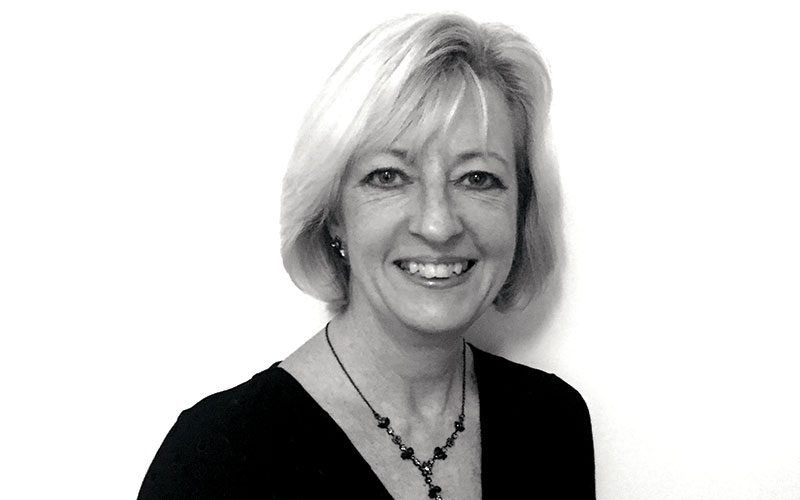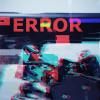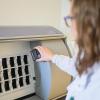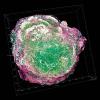Role development, workforce strategies and professional qualifications... Sarah May looks back at 2019 and forward to the New Year.

Ah, the time of year is upon us when good taste is abandoned in favour of knitwear adorned with reindeers, penguins, Christmas trees and various other festive images, perhaps with even a sequin or two. It’s probably fair to say it’s been a year of mixed fortunes for pathology, with cervical screening making its seismic shift from cytology to primary HPV testing, whereas in histopathology the role of the biomedical scientist continues to expand into more diagnostic areas. As part of the histopathology changes, I have been fortunate enough to be invited to be a part of two network discussions to help them to understand the options available for developing their biomedical scientist roles in response to increasing medical workforce pressures.
This in itself proves that the Institute has been spot on in its qualification development strategy; I have to confess that at times it’s been tough and there is nothing more disheartening than hearing the familiar comment that ‘professional qualifications aren’t recognised outside the profession’. That is true of all professional qualifications in that they are unique and specific to a profession; the key point here is that our qualifications are at last not only recognised within healthcare, they are now in demand.
Biomedical scientists benefit from having a relatively large and financially secure professional body with a very long history of qualification development, which is standing us in very good stead. We now have a solid evidence base that the people who qualify with our exams have the knowledge and skills that our pathology services require; we also have some extremely competent and talented people that are going to be key to helping tackle some of the medical workforce shortages that pathology is experiencing.
The two pathology networks that I have met with do not underestimate the work that will be needed to implement a workforce development strategy for biomedical scientists in histopathology but they can see the benefits of this initiative. Such is the interest in the approach being taken in histopathology that it has even been asked whether a similar initiative could be developed for microbiology and haematology. This is an incredible position for our profession to be facing and I am extremely grateful to be a small part of big changes.
For now, I would like to congratulate all those who have sat and passed Institute qualifications this year, you truly are the future of our profession. You have my utmost respect for undertaking these challenging self-directed learning programmes.
In the meantime, I hope you all are able to take some time out to relax and enjoy the festive season and perhaps to rediscover your inner love for bad taste jumpers. It’s amazing what you can hide beneath a capacious white coat. Happy New Year everyone.
Sarah May
Deputy Chief Executive




